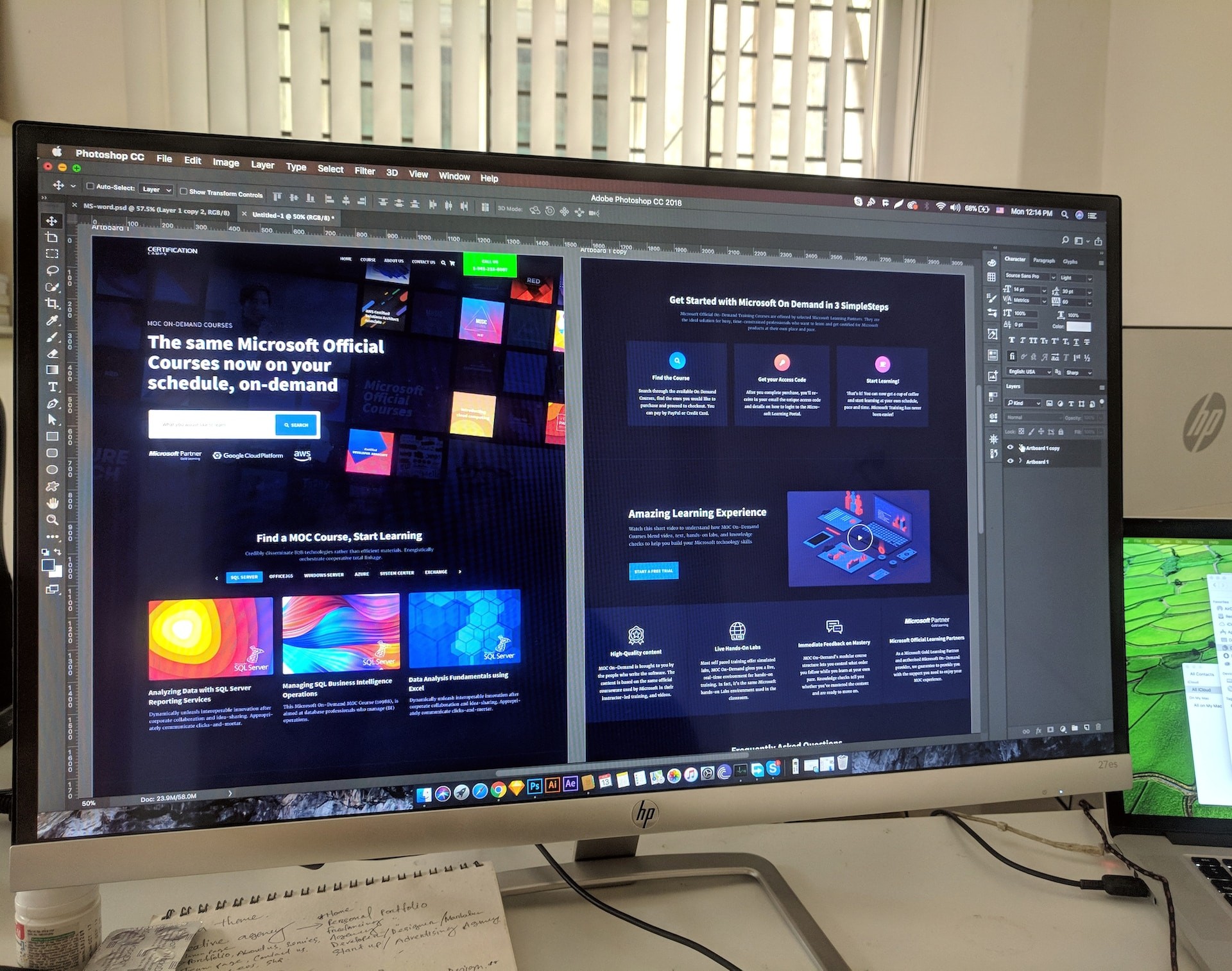
When there are hundreds of products for sale on a website, site owners face the challenge of balancing user-friendliness and SEO optimisation. Many firms have different SEO and web development teams to complicate matters further.
The development team will strive to make the site’s visual and user interface as simple as possible. In contrast, the SEO team will ensure the site has good content for Google to rank it favourably in response to user search queries.
How can a compromise be reached when each side delivers opposing advice? Here are some strategies you should learn:
1. Website Speed Design
With the increasing use of mobile devices and ever-faster Internet speeds, the importance of good website speed cannot be overstated.
Fortunately, several strategies can be employed to improve website speed. One such approach is to reduce the number of elements on the page. This includes reducing or eliminating unnecessary images, videos, and other media files. Additionally, optimising code and minifying HTML, CSS, and JavaScript can minimise loading time and ensure users have a better experience on the website.
Another important factor for website speed is caching, which can be used to save and reuse previously loaded data. When a user visits a page for the first time, all the images and other resources will need to be downloaded, but subsequent visits to the same page will load much faster as only modified content needs to be downloaded. Web developers can also use external hosting services to store static elements such as images and videos, significantly reducing loading times.
2. User-Friendly
Usability focuses on providing a user-friendly navigation system, clear labels, and easy-to-understand content. It also ensures the website is compatible with all browsers and devices, including mobile phones. In addition, usability ensures that the website loads quickly and efficiently, so the user can easily find what they are looking for.
One way that usability supports SEO is through the use of internal linking. Internal links allow users to navigate quickly between pages within your website and can help improve crawling and indexing by search engine bots. This enhanced visibility enables users to find information quickly but also helps improve your website’s ranking in search engine results pages (SERPs).
Another way usability helps support SEO is by using descriptive titles and meta tags. Headings should accurately describe the content on each page, while meta tags provide content summaries. These elements help search engine spiders better understand your web pages and rank them more accurately in SERPs.
3. Mobile-Friendly and Responsive Design
Responsive design is a web design approach that makes a website adapt its layout and content to the device used to view it, such as a desktop computer, a laptop, a tablet, or a mobile phone. This means the website can be formatted to look good and behave optimally on most devices without additional tools or modifications. Responsive design has become increasingly important as more users access the internet via mobile devices.
Conclusion
Website design and SEO are essential components that go hand in hand for any business looking to achieve success online. Understanding the fundamentals of website design and SEO will ensure you get the most out of your website and maximise its potential for web traffic and conversions. With what we have outlined in this article, you can easily create a successful website with increased visibility and customer reach.
If you need a web design agency in Perth that implements SEO strategies, The SEO Room is here to help! Our SEO strategies help you get the most out of your website and ensure you rank higher in search engine results. Contact us now!


